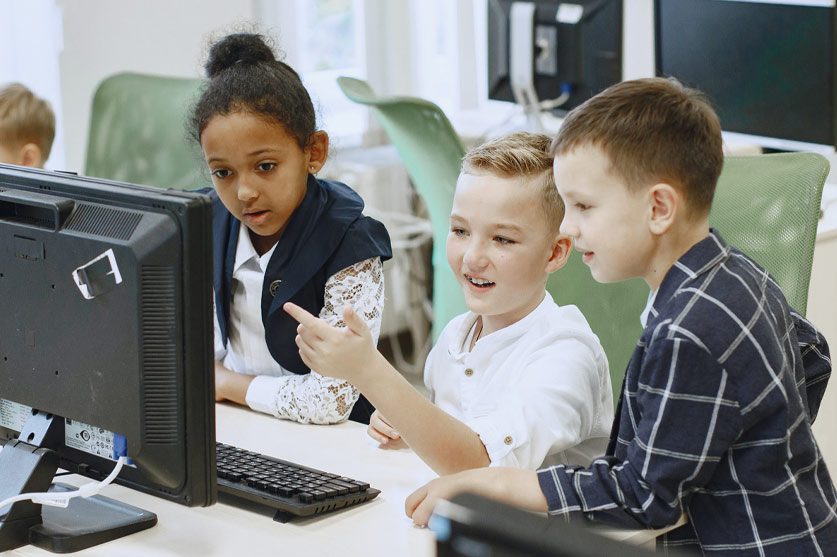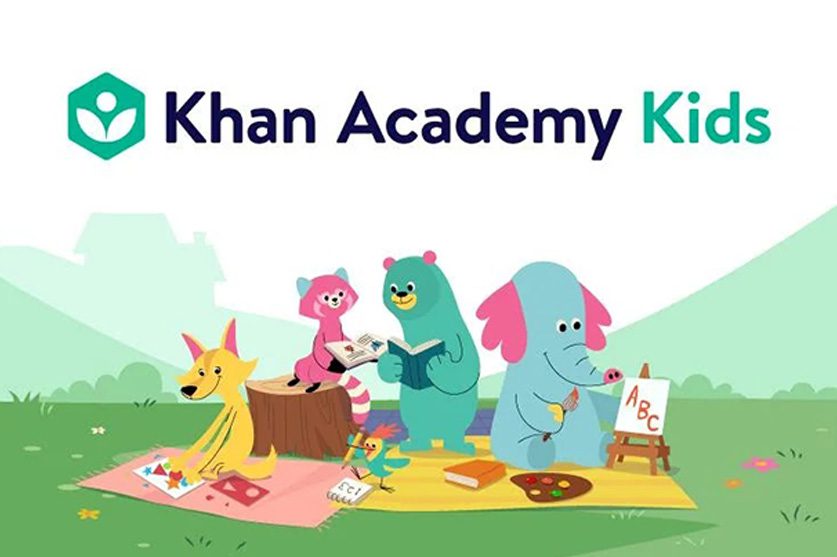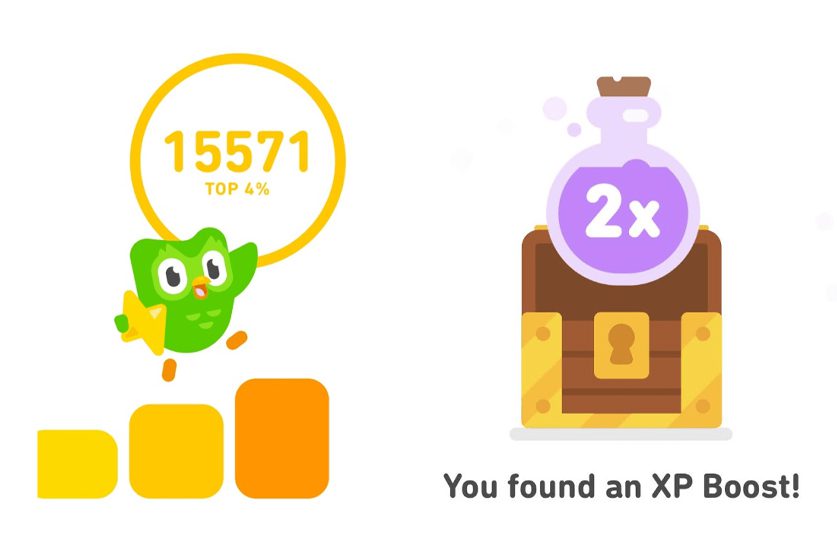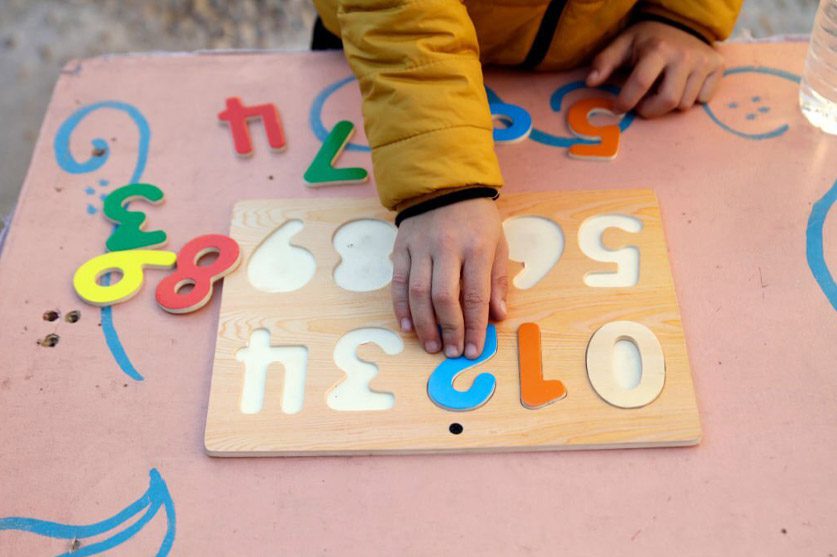What is Gamification in Education?
Today, teaching methods have become very diverse. The goal of all of them is to be more effective and improve the quality of learning. One of these methods is game-based or Gamification in education. This method introduces game-like activities into teaching and, as expected, is considered more for teenage children. However, it is also common to use it in adult education.
Entering the game into an educational process has several advantages, but implementing this method correctly and with a specific strategy is necessary. In this article, while reviewing the definition of Gamification in education, we will review its benefits and implementation methods. If you are active in the education industry, join us and learn about one of the creative, productive, and educational methods of Gamification in education. Gamification can be defined as follows:
Using the game element in a context other than the game
A platform other than a game can mean any industry or field, including education. Therefore, Gamification is used in education to introduce the game element in the learning process. Although this method is more than a century old, its use has become more widespread with the introduction of technology in education. Especially in recent years, with the epidemic of digital communication devices, especially mobile, The growth and improvement of the quality of the Internet, and the transformation of online and digital games into a big industry, we have witnessed the popularity of this educational method.
The game brings structure, attractiveness, problem-solving, critical thinking, and the need for cooperation to the classroom. Among these features, beauty stands out more; many learners find learning, mainly formal education, boring.
Gamification in education changes the form of the class, its rules, and even the relationship between the teacher and the students. Because basically, learners are supposed to have a more active role in the class. On the other hand, part of the task of transferring information and training them is assigned to the game, and the coach assumes a more managerial and guiding role.

Who was the creator of Gamification in education?
It is interesting to know that the creator of game-based learning is Dmitri Mendeleev, a Russian scientist who designed the periodic table. He used card games to categorize chemical elements and understand their logical relationship. In this order, the empty spaces in his table were found. These voids were related to undiscovered elements whose approximate properties were known. He did not necessarily seek to be educated in this way, But he did not know that he was inventing Gamification in education.
Types of games in education
The games used in education are divided into the following two types:
- Games that are purely entertainment in nature, But they can come with the help of education
- Games that are made and developed for education, such as teaching English, music, math, etc.
Each game can have levels and features such as awards, leagues, etc. The step-by-step nature of games also increases the possibility of using them in microlearning.
Gamification elements in education
The subtle point you should know about Gamification in education is that in this method, not the game itself; its elements are essential. The coach must be able to divide the game into its constituent parts. After that, they can implement these elements in their classroom. Educational researchers, including Stanford University researcher Dr. Nick Yee, categorize the details of a game suitable for education as follows:
- Actions and goals
- Social elements such as competition
- Skill elements and indicators of mastery, such as scoring
- Achievements such as awards
- Immersion, like the roles of any game
- Creativity
It is also necessary to mention that a game to be integrated into education must have features such as narration, the possibility of feedback, and entertainment. To better understand these elements, knowing the different methods of Gamification in education is necessary.

Types of Gamification in education
To implement game-based learning, there are several strategies in front of you. Depending on the learners and their characteristics, educational goals, facilities, and other conditions, you should choose from these strategies or combine them. In the following, we introduce these strategies.
Score-based strategy
This gamification strategy in education is called Point System education in scientific language. In the point-based method, points are considered for different tasks. At each stage, these tasks and tasks become more complex. One of the advantages of this strategy is that it shows each learner’s progress in a scored and accurate way. You can even make scoreboards for the game in question. This action has made the training environment more competitive and can be more effective in group games.
Badge-oriented strategy
Badges can replace points in the points-based method. A badge can be a virtual tool or object, an image based on your profile picture on an online and video game platform, or any physical badge in face-to-face classes. This strategy is trending, especially with the emergence of blockchain games and their integration with the NFT industry. In blockchain educational gamification platforms, learners can receive NFT assets for their efforts and even sell them on secondary markets.

Challenge-oriented strategy
Another critical strategy of Gamification in education is the challenge-oriented strategy. The main feature of this strategy is that instead of being step-by-step, several challenges are presented, and learners must overcome them. This strategy also excludes receiving negative points.
Examples of using games in education
Even old intellectual and physical games like puzzles can be considered examples of Gamification in education. But as we said before, this industry has become more digital and Internet in recent years. This trend necessitates using digital educational tools such as laptops, mobile phones, optical pens, and game consoles. In the following, we examine several successful projects in this field.
Khan Academy: Free platform for students

Khan Academy is a non-profit free educational organization in America that has organized several courses for students of different levels. This academy makes good use of all kinds of games in its education, especially by using score-based and token-based strategies of Gamification.
Duolingo: Language learning platform

If you are interested in foreign languages, You must have heard the name Duolingo software or application. This platform has provided foreign language training through its game-based courses. As you complete each level in Duolingo, you will be awarded prizes.
Quizlet: A platform to combine quizzes and games

Quizlet is a multinational platform in America that provides gamification solutions in education and exams. The primary products of this platform are digital flashcards, matching games, practice, and game-based tests.
The Benefits of Using Games in Education
So far, experts in psychology and education have discovered several benefits of Gamification in education, the most important of which are:
- Improve emotional communication. The game can increase the sensory connection between the students, the teacher, and the lesson’s content.
- Increasing the hippocampus in the brain gaming can make it easier to remember and recall content by expanding the hippocampus chemical in the brain.
- We are improving brain function in information processing. The human brain processes stories and games better than scientific facts.
- We are improving the release of endorphins in the brain. Learning is a stressful process. The use of Gamification in education causes more release of endorphins in the brain, whose task is to help calm and focus.
- We are increasing the flexibility of the mind. In general, playing improves neural flexibility and better response to stimuli. Better flexibility also improves cognitive perception, memory, concentration, and creativity.
- More attractiveness of education and active participation in class
- Helping to control and release the emotions of learners, especially young learners
- Increasing the speed and quality of learning and, as a result, improving the financial consequences of educational activities that lead to better branding and more success in marketing.

Using Gamification in education is one of the most effective educational methods, which is as old as Mendeleev’s table! However, online and video games have replaced older physical games in recent years. In this method, the game is used as a platform and a tool for education. Platforms like Khan Academy and Duolingo are the best examples in this industry.
As we said in this article, Gamification in education generally improves brain function in learning and enhances education’s scientific and financial efficiency. However, it is necessary to have a specific strategy for implementing this method, the most important of which we have mentioned in this article.











